Advancements in Display Technology
Technological advancements play a pivotal role in shaping the Paper-Thin Display Market. Innovations in materials science, such as organic light-emitting diodes (OLED) and liquid crystal displays (LCD), have led to the development of ultra-thin and flexible screens. These advancements are not merely incremental; they represent a paradigm shift in how displays are designed and manufactured. The market for OLED displays alone is projected to grow at a compound annual growth rate of 15%, indicating a robust appetite for cutting-edge display technologies. As manufacturers continue to invest in research and development, the capabilities of paper-thin displays are expected to expand, offering enhanced resolution, color accuracy, and durability. This continuous evolution in display technology is likely to attract new players and investments, further invigorating the Paper-Thin Display Market.
Rising Demand for Portable Devices
The Paper-Thin Display Market is experiencing a notable surge in demand for portable devices, such as smartphones, tablets, and wearables. As consumers increasingly prioritize mobility and convenience, manufacturers are compelled to innovate and integrate thinner display technologies. This trend is reflected in the projected growth of the portable electronics sector, which is expected to reach a market value of approximately 500 billion dollars by 2026. The lightweight and flexible nature of paper-thin displays aligns perfectly with the evolving consumer preferences, thereby driving the industry forward. Furthermore, advancements in display technology are enabling manufacturers to produce screens that are not only thinner but also more energy-efficient, enhancing the overall user experience. This growing inclination towards portable devices is likely to propel the Paper-Thin Display Market to new heights.
Increased Focus on Aesthetics and Design
The Paper-Thin Display Market is significantly influenced by the growing emphasis on aesthetics and design in consumer electronics. As brands strive to differentiate themselves in a competitive landscape, the integration of sleek and visually appealing displays has become paramount. Thinner displays not only enhance the overall look of devices but also contribute to a more immersive user experience. This trend is particularly evident in high-end smartphones and televisions, where manufacturers are increasingly adopting paper-thin display technologies to create visually striking products. The demand for aesthetically pleasing devices is expected to drive the market, with consumers willing to pay a premium for products that combine functionality with design. As a result, the Paper-Thin Display Market is likely to witness a surge in innovation aimed at meeting these aesthetic demands.
Growing Applications in Automotive Sector
The Paper-Thin Display Market is witnessing a burgeoning interest from the automotive sector, where the integration of advanced display technologies is becoming increasingly prevalent. As vehicles evolve into smart, connected devices, the need for high-quality, lightweight displays is paramount. Paper-thin displays offer unique advantages, such as flexibility and reduced weight, making them ideal for dashboard interfaces and infotainment systems. The automotive display market is projected to reach a valuation of over 30 billion dollars by 2027, indicating a substantial opportunity for paper-thin display technologies. This trend is further fueled by the increasing consumer demand for enhanced in-car experiences, which necessitates the incorporation of sophisticated display solutions. Consequently, the Paper-Thin Display Market is likely to benefit from this growing intersection of technology and automotive design.
Sustainability and Eco-Friendly Initiatives
Sustainability is becoming a critical driver in the Paper-Thin Display Market, as consumers and manufacturers alike are increasingly prioritizing eco-friendly practices. The shift towards sustainable materials and production processes is not only a response to consumer demand but also a regulatory imperative in many regions. The market for sustainable electronics is projected to grow significantly, with an estimated increase of 20% annually. Paper-thin displays, often made from recyclable materials, align well with these sustainability goals, offering manufacturers a competitive edge. As companies strive to reduce their carbon footprint and enhance their corporate social responsibility, the adoption of eco-friendly display technologies is likely to accelerate. This focus on sustainability is expected to shape the future of the Paper-Thin Display Market, driving innovation and attracting environmentally conscious consumers.

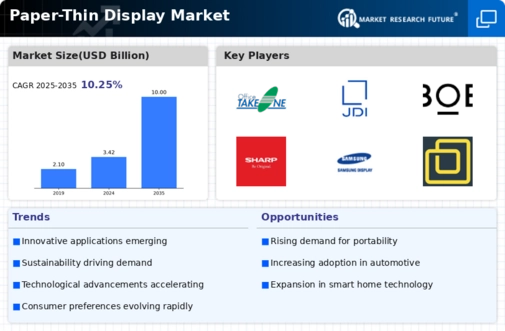
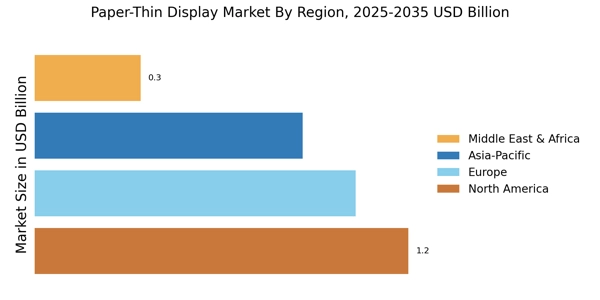
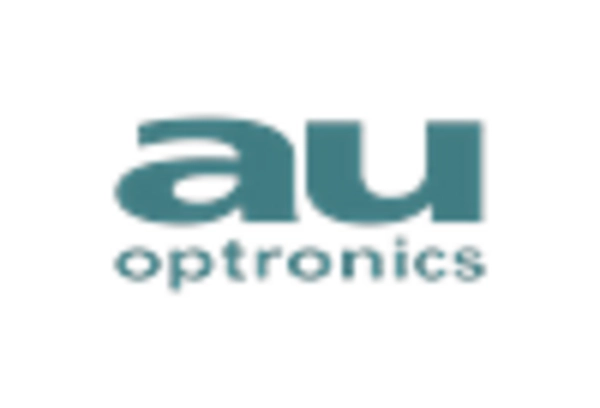

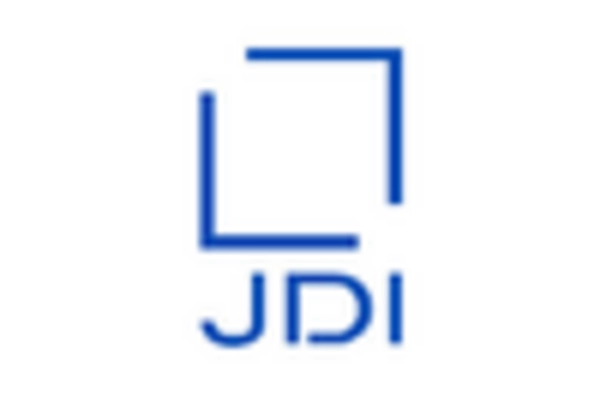
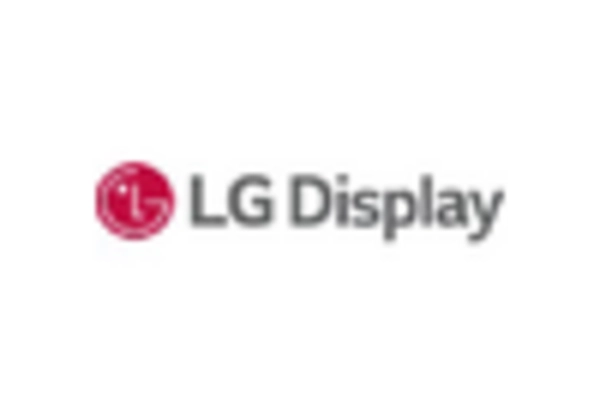










Leave a Comment